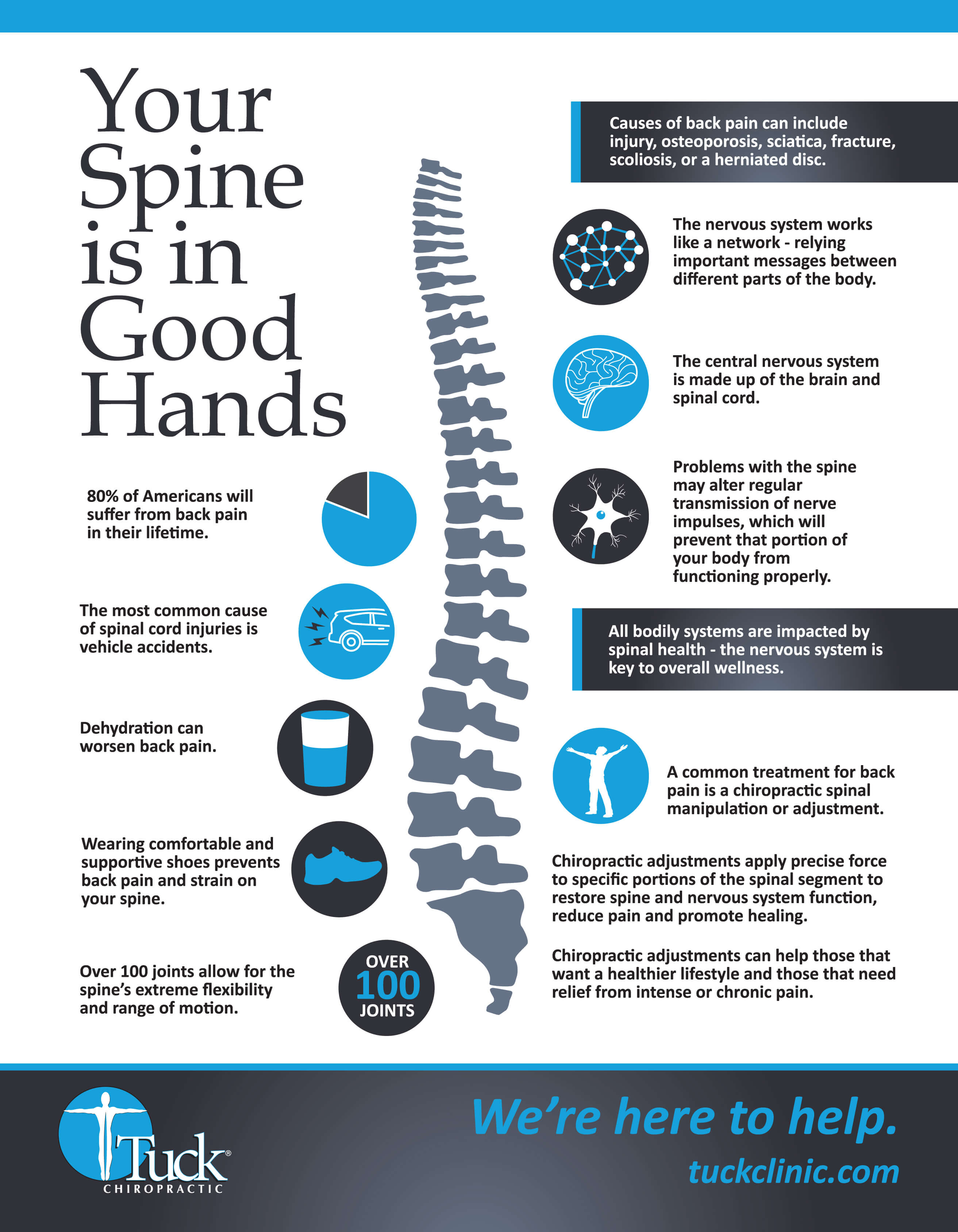Dental Braces Yourself For An Exploration Into The Exciting Cellular Interactions Of Cold Laser Therapy And Its Use Of Light As A Healing Mechanism. Take A Deeper Study The Scientific Elements!
Dental Braces Yourself For An Exploration Into The Exciting Cellular Interactions Of Cold Laser Therapy And Its Use Of Light As A Healing Mechanism. Take A Deeper Study The Scientific Elements!
Blog Article
Uploaded By-Krog Bartlett
You may have become aware of cold laser therapy as an encouraging therapy choice for numerous conditions, but have you ever before wondered just how it really works on a mobile degree? Recognizing the devices behind this treatment can shed light on its effectiveness in promoting healing and lowering swelling. By exploring view behind cold laser treatment, you'll acquire insights right into the fascinating methods which light can influence mobile procedures and facilitate tissue fixing.
How Cold Laser Treatment Functions
To recognize how cold laser therapy functions, you need to comprehend the essential concepts of exactly how light energy engages with organic tissues. Cold laser treatment, also referred to as low-level laser treatment (LLLT), uses details wavelengths of light to pass through the skin and target underlying cells. Unlike the extreme lasers made use of in operations, cold lasers release low levels of light that do not create warm or cause damage to the tissues.
When these mild light waves get to the cells, they're soaked up by components called chromophores, such as cytochrome c oxidase in mitochondria. This absorption triggers a collection of organic actions, consisting of boosted mobile power manufacturing and the launch of nitric oxide, which improves blood flow and minimizes swelling.
Additionally, the light power can additionally stimulate the production of adenosine triphosphate (ATP), the energy money of cells, helping in mobile fixing and regrowth procedures.
Fundamentally, cold laser therapy takes advantage of the power of light power to promote healing and ease discomfort in a non-invasive and mild way.
Mechanisms of Action
Just how does cold laser therapy in fact function to create its healing results on organic tissues?
cryo therapy stamford , additionally known as low-level laser therapy (LLLT), runs through a process known as photobiomodulation. When acupuncture stamford ct is put on the skin, the light power penetrates the cells and is taken in by chromophores within the cells.
These chromophores, such as cytochrome c oxidase in the mitochondria, are after that boosted by the light energy, leading to a waterfall of biological responses. One key device of action is the enhancement of cellular metabolic rate.
The soaked up light energy enhances ATP production in the mitochondria, which is essential for cellular feature and repair work. In https://coldlasertherapy78777.blogsmine.com/34299469/checking-out-the-mechanisms-and-effects-of-cold-laser-therapy-a-detailed-scientific-viewpoint , cold laser therapy aids to reduce inflammation by hindering inflammatory mediators and promoting the release of anti-inflammatory cytokines.
This anti-inflammatory result contributes to pain alleviation and tissue healing.
Healing Impacts
Recognizing the restorative impacts of cold laser therapy involves recognizing just how the enhanced mobile metabolic process and anti-inflammatory buildings add to its positive outcomes on organic tissues.
When the cold laser is put on the damaged area, it boosts the mitochondria within the cells, causing enhanced manufacturing of adenosine triphosphate (ATP), which is crucial for mobile function and fixing. This boost in cellular energy accelerates the recovery procedure by promoting cells regeneration and reducing swelling.
In addition, the anti-inflammatory buildings of cold laser treatment aid to reduce discomfort and swelling in the targeted area. By preventing inflammatory conciliators and advertising the release of anti-inflammatory cytokines, cold laser therapy help in reducing pain and improving the general healing response.
This reduction in swelling not only provides prompt relief but likewise sustains long-lasting cells repair work.
Conclusion
To conclude, cold laser treatment works by boosting cellular fixing and cells regeneration with photobiomodulation. Its anti-inflammatory homes offer discomfort relief and minimize swelling by preventing inflammatory conciliators.
This treatment offers an extensive method to recovery, supplying both immediate alleviation and long-term cells repair service benefits.
Via its systems of activity, cold laser therapy proves to be an effective and appealing therapy alternative for a variety of conditions.
